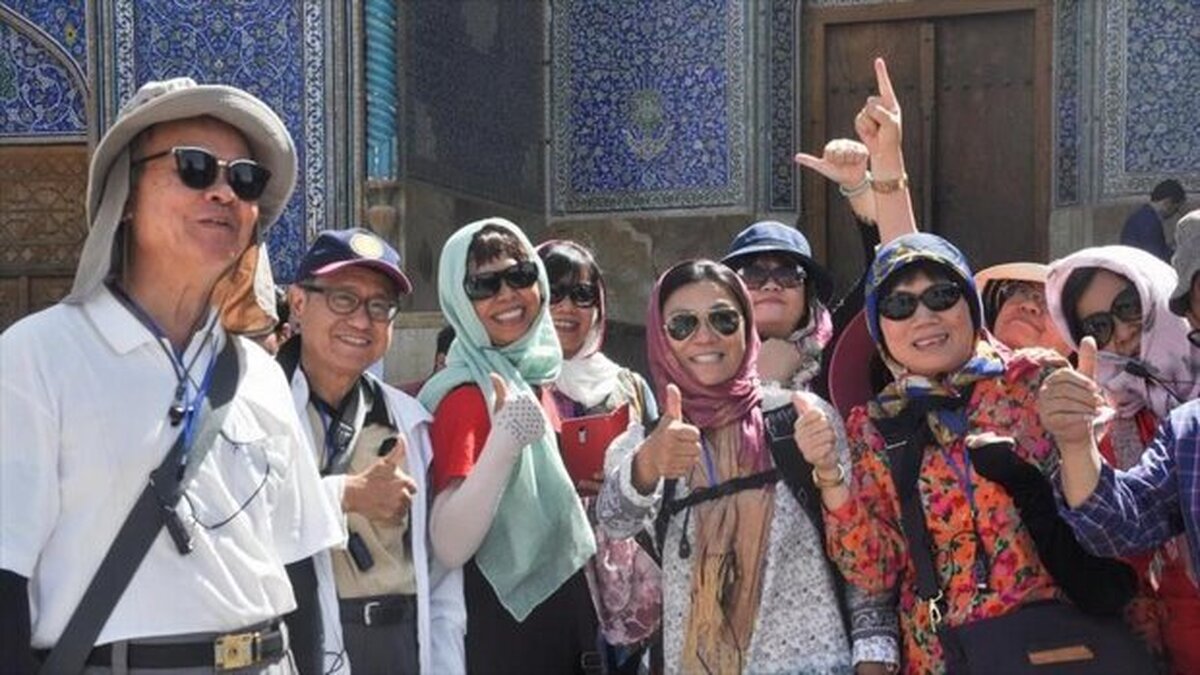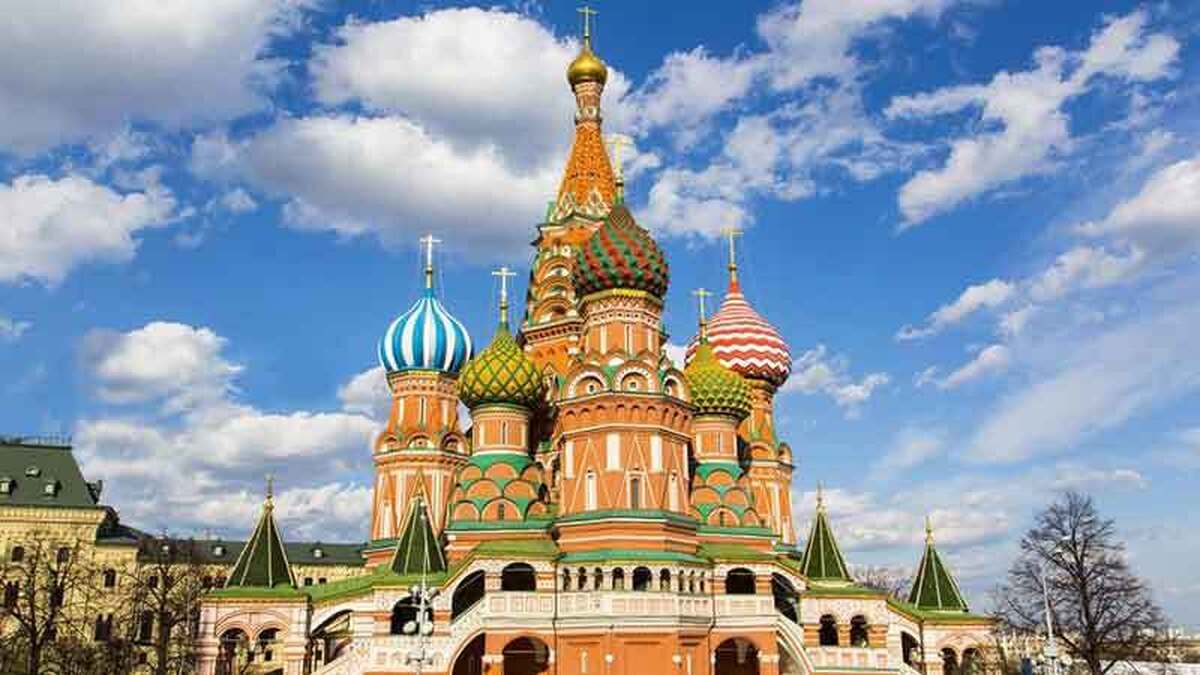
Iran Tourist Arrivals Decline by 72 Percent in Eight Months: UNWTO
EghtesadOnline: Iran’s tourist arrivals saw a decline of 72% in the first eight months of 2020, according to the latest data of World Tourism Organization.
Iran’s tourism saw a decrease of 90%, 92% and 94% in January, February and March 2020 compared with the corresponding months of 2019. This negative growth hit a record high of 96% in April and 97% in May, following restrictions on travel introduced in response to the Covid-19 pandemic.
In June, tourist arrivals recorded an 84% decrease. However, the decline in arrivals slowed down significantly in July and August, as the two months saw a 35% drop in Iran’s tourist arrivals.
International tourist arrivals (visitors in transit) declined by 70% in the first eight months of 2020 over the same period of last year, amid global travel restrictions, as many borders were fully closed to contain the prevailing pandemic.
International arrivals plunged by 81% in July and 79% in August, traditionally the two busiest months of the year and the peak of the Northern Hemisphere summer season.
Despite such large declines, this represents a relative improvement over previous months, as some destinations started to reopen to international tourism, mostly in the European Union.
The decline in January-August 2020 represents 700 million fewer international tourist arrivals compared to the same period of 2019, and translates into a loss of $730 billion in export revenues from international tourism, more than eight times the loss in 2009 under the impact of the global economic crisis.
Asia and the Pacific, the first region to suffer the impact of the pandemic, saw a 79% decrease in arrivals in January-August 2020. Africa and the Middle East both recorded a 69% drop this eight-month period, while Europe saw a 68% decline and the Americas 65%.
Data on international tourism expenditure continues to reflect very weak demand for outbound travel, though in several large markets such as the United States, Germany and Italy there was a small uptick in spending in July and August.
Based on latest trends, a 75% decrease in international arrivals was estimated for the month of September and a drop of close to 70% for the whole of 2020.
While demand for international travel remains subdued, domestic tourism is strengthening recovery in several large markets such as China and Russia.
Experts consider travel restrictions as the main barrier weighing on the recovery of international tourism, along with slow virus containment and low consumer confidence.
Tourism Rebound Predicted in 2021
UNWTO’s Panel of Experts foresees a rebound in international tourism in 2021, mostly in the third quarter of 2021.
However, around 20% of experts believe the rebound could occur only in 2022. Travel restrictions are seen as the main barrier standing in the way of the recovery of international tourism, along with slow virus containment and low consumer confidence.
The lack of coordinated response among countries to ensure harmonized protocols and coordinated restrictions, as well as the deteriorating economic environment were also identified by experts as important obstacles for recovery.
The outbreak of coronavirus has caused 120 trillion rials ($445 million) in losses to tourism industry in Iran, said Minister of Cultural Heritage, Tourism and Handicrafts Ali Asghar Mounesan in September.
“Only 1.75 trillion rials [$6.5 million] of the sum have been compensated in the form of loans to economic players of tourism industry. Insurance premium and loan repayment breaks were among emergency measures introduced to reduce the economic impacts of Covid-19 recession on tourism,” he was quoted as saying by Mehr News Agency.
Only 74 foreign tourists visited Iran during the first quarter of the current Iranian year (March 20-June 20) compared with 2.3 million in the same period of last year, according to the minister.
A total of 8.7 million foreigners travelled to Iran in the last Iranian year (March 2019-20), he was quoted as saying by Mehr News Agency.
According to Jamshid Hamzezadeh, president of Iranian Hoteliers Association, 240,000 people are directly and 550,000 are indirectly employed in the Iranian tourism industry.
“The government bailout doesn’t offer that much of a cure, given the fact that the pandemic has brought tourism to a standstill for two months now,” Amir-Pouya Rafiei-Shad, the head of Tehran Province Tour and Travel Agencies Association, said.
“Last year was a bumpy ride for tourism industry: spring flooding events, November protests and Ukraine International Airlines’ plane crash. The outbreak of the coronavirus may be the last straw for the industry not only in Iran but in the whole world,” he said.
Rafiei-Shad has put the number of travel agencies in Tehran at 20,000 and said considering that each of them have 10 people on their payrolls and each employer is the head of a four-member household on average, they provide the livelihood of 80,000 people only in the capital city.
“No one accepts the responsibility for the unemployment of tour guides,” Mahdiyeh Jahangir, a tour guide, told the Persian daily Iran.
“There are 10,000 tour guides in Iran and as they don’t have an employer, they usually don’t have insurance coverage and consequently can’t receive unemployment benefits at present.”
Hamzehzadeh says the government bailout for the tourism businesses is 120 million rials ($445) for each employee, which must be repaid over two years with a 12% interest rate.
“This sum is only enough to pay financial compensation for two months of an employee’s services. The government needs to offer loans at low interest rates like 5% instead of 12% to tourism industry and consider a five-year period for the repayment of the loans with a one-year moratorium,” he said.
The government has approved a 750-trillion-rial ($2.78 billion) package to help low-income households and struggling businesses impacted by the rapidly spreading coronavirus. The loans are being extended to small- and medium-sized enterprises hit hard by the pandemic, according to the website of the Central Bank of Iran.
“The lending rate is at 12% to be repaid within two years,” Abdolnasser Hemmati, the CBI governor, said.
Commenting on the interest rate, Hemmati said it is reasonable, given the high inflation rate in the country.
“Even if banks set an 18% interest on loans, the real interest rate would still be negative when compared to the annual inflation … Any rate below 12% would apparently impose further financial strain on banks,” he said.
Hemmati said only businesses that did not lay off workers during the corona crisis would be eligible for the loans, as he instructed banks to process the loans soon and cut red tape.
In the wake of the coronavirus pandemic, few industries have fallen as far and as fast as tourism. The technological revolution that brought us closer together by making travel and tourism easy and affordable—a revolution that fueled one billion trips a year—is helpless in halting a virus that demands we shelter in place, the National Geographic wrote.
Taking a snapshot of tourism losses is difficult, as the data change as quickly as the virus spreads.
If the pandemic continues for several more months, the World Travel and Tourism Council, the trade group representing major global travel companies, projects a global loss of 75 million jobs and $2.1 trillion in revenue.



